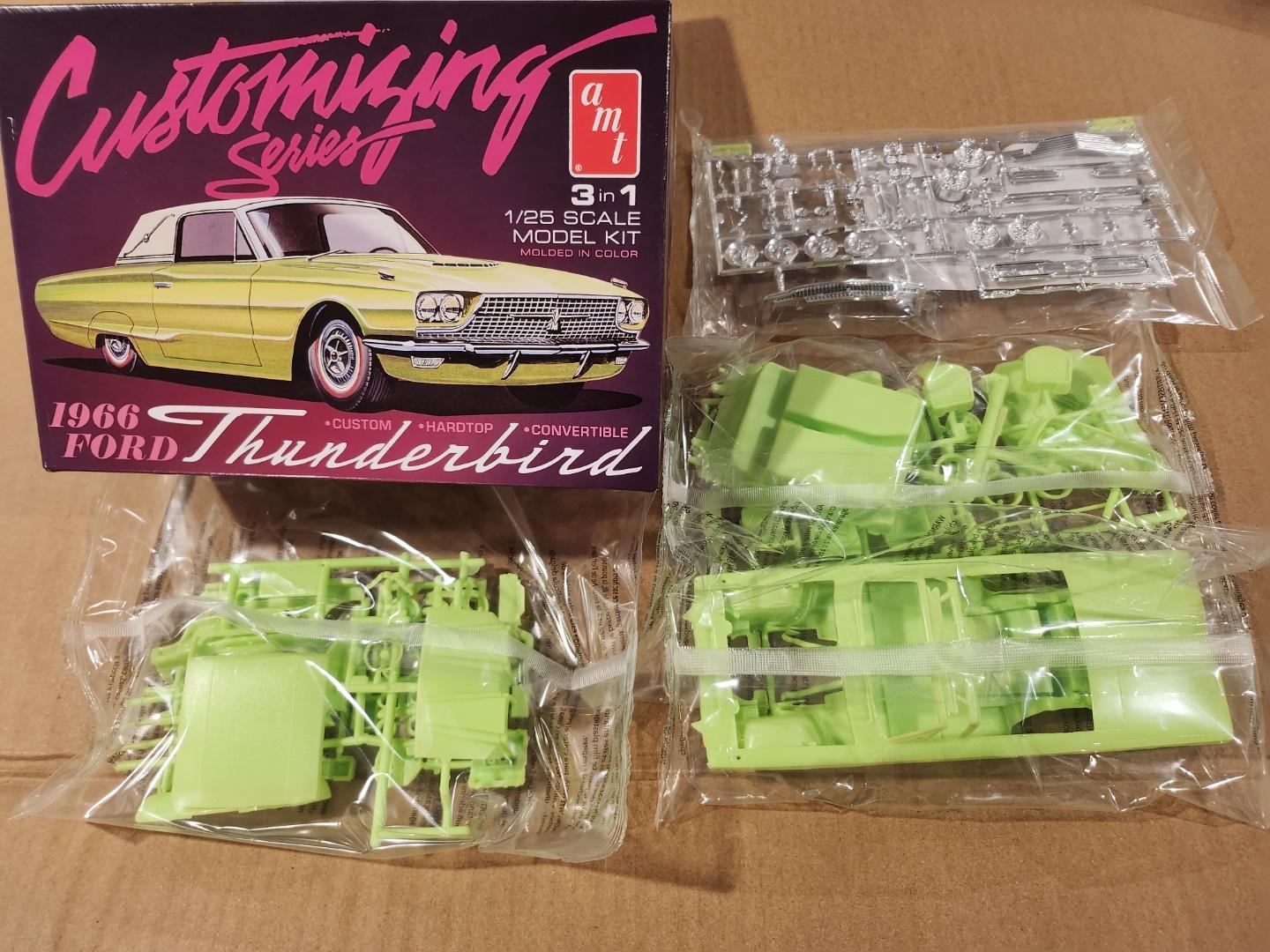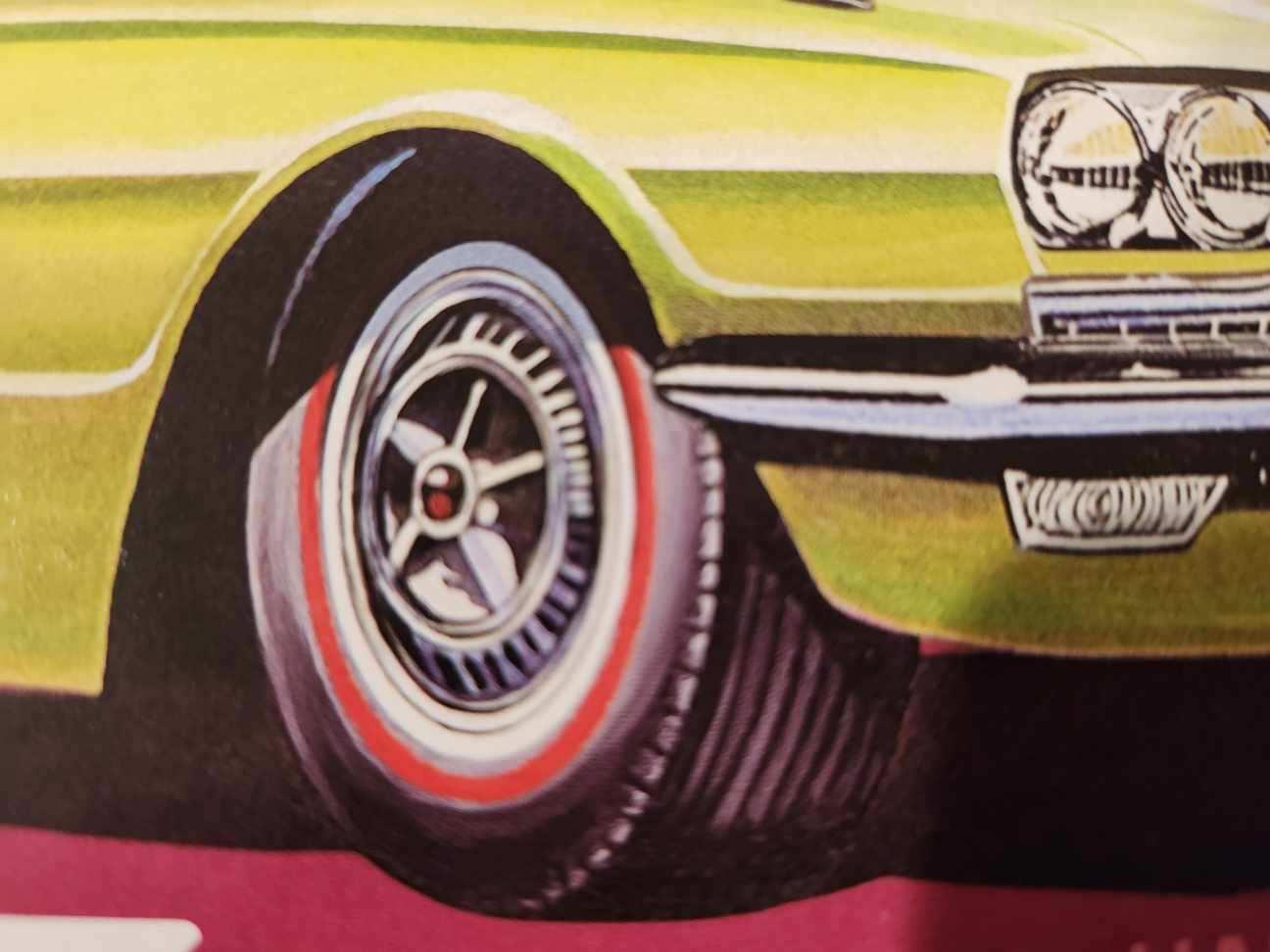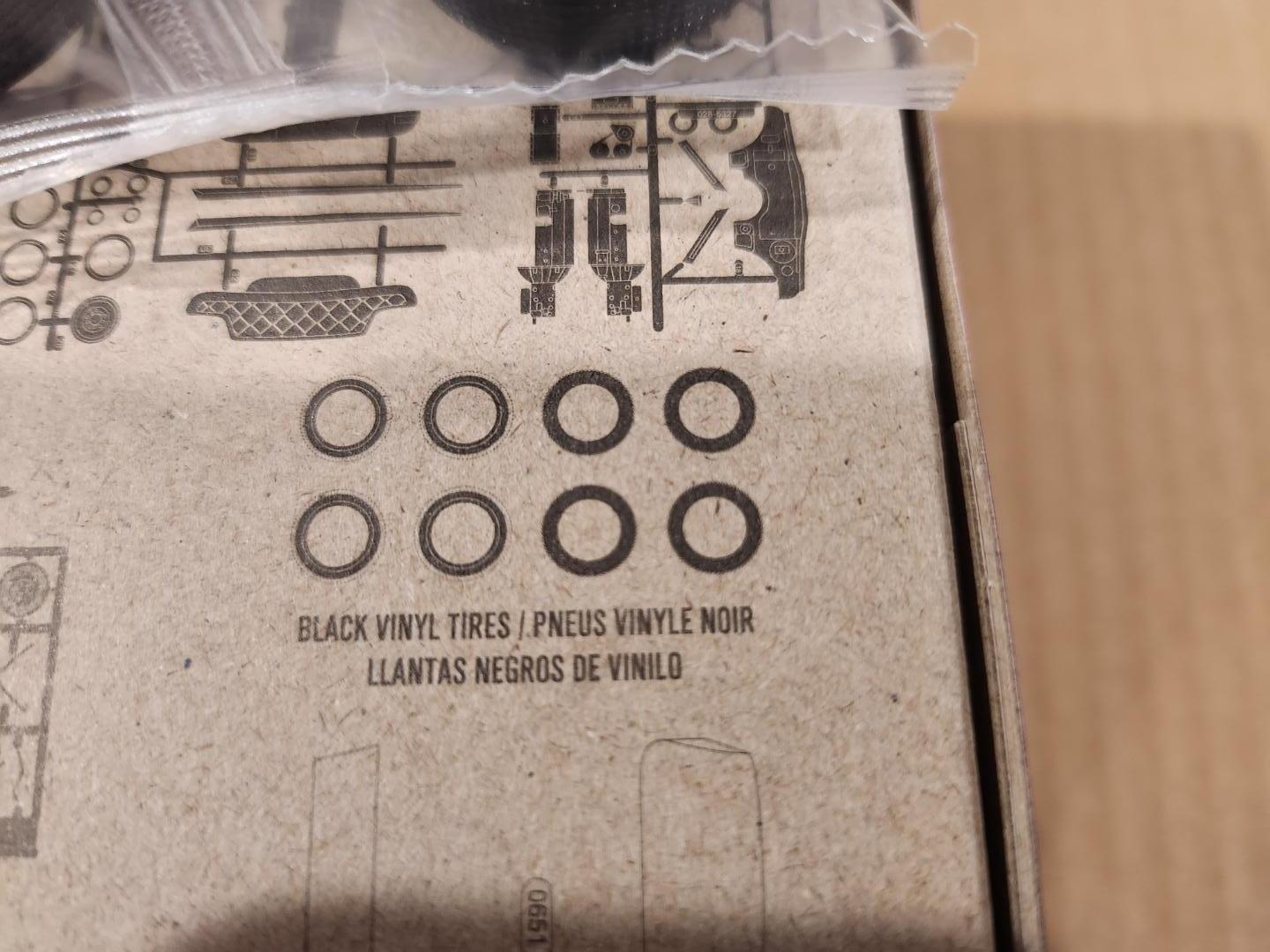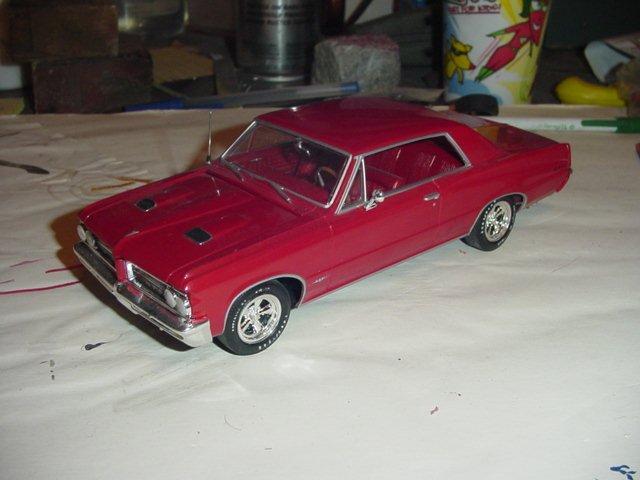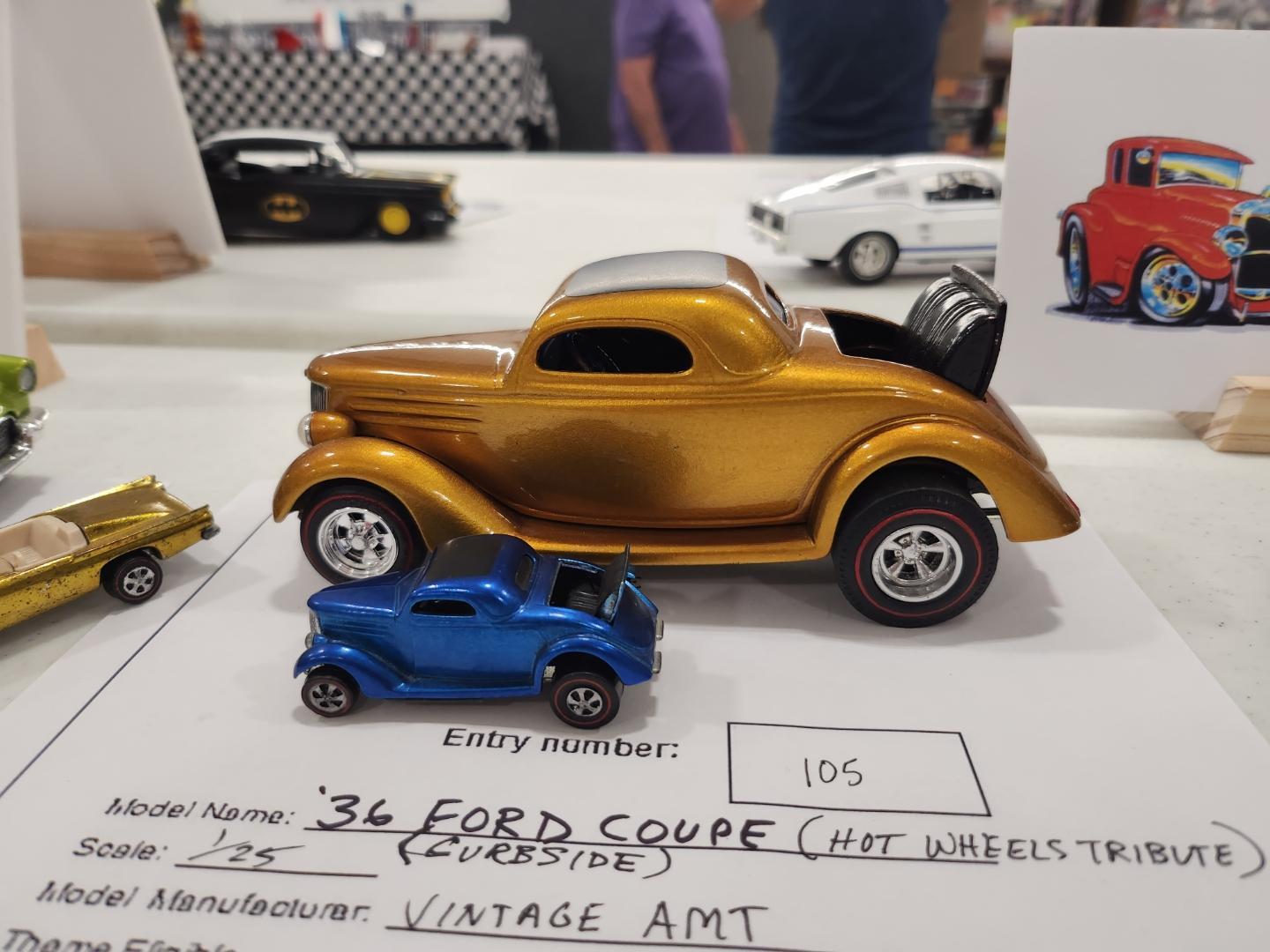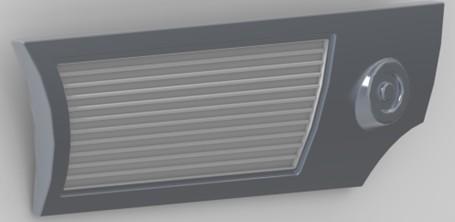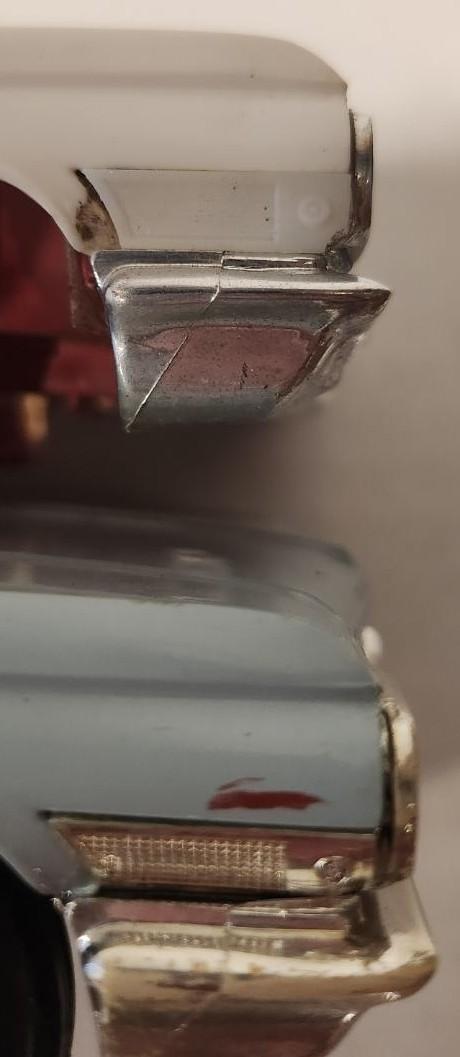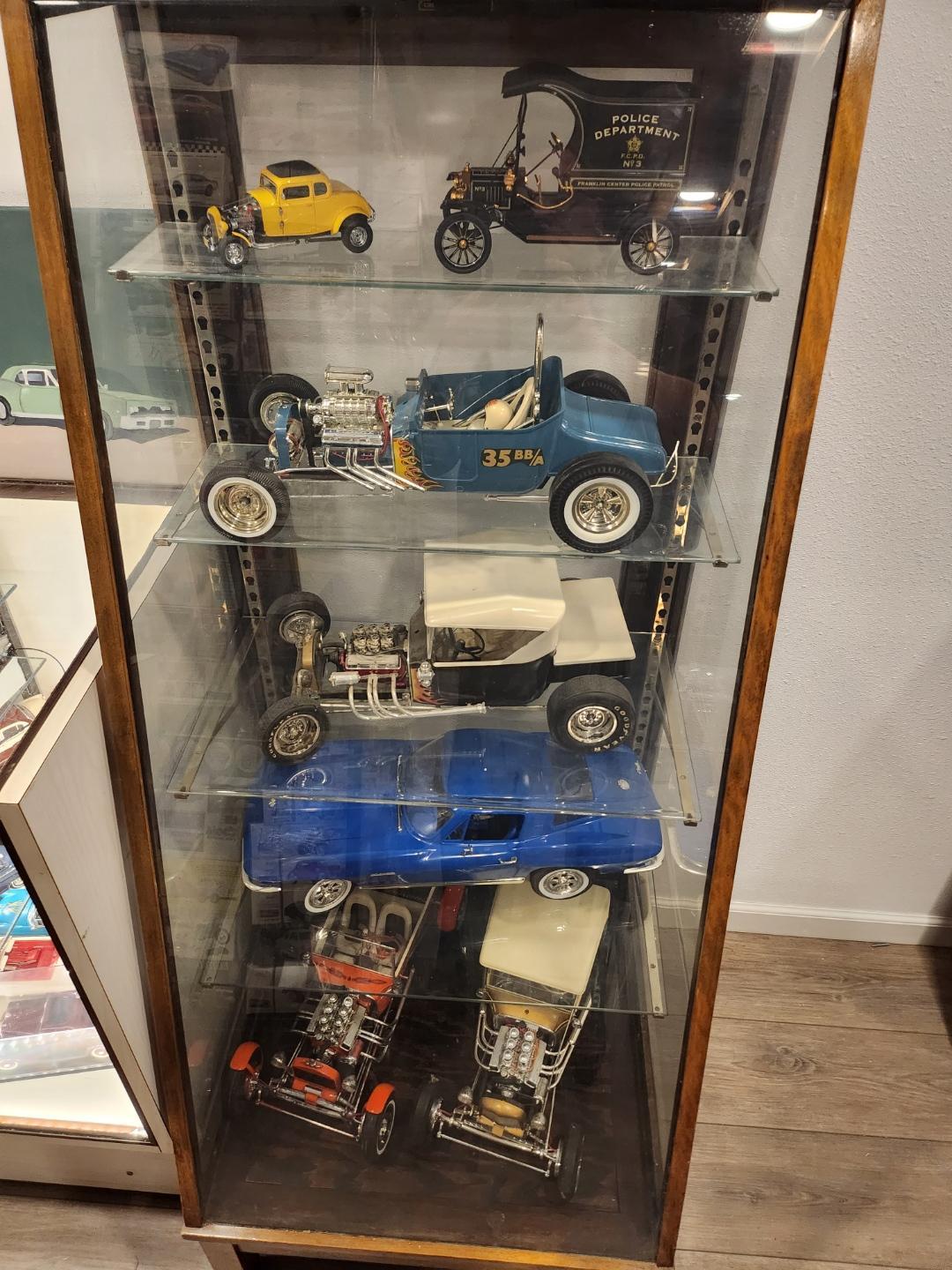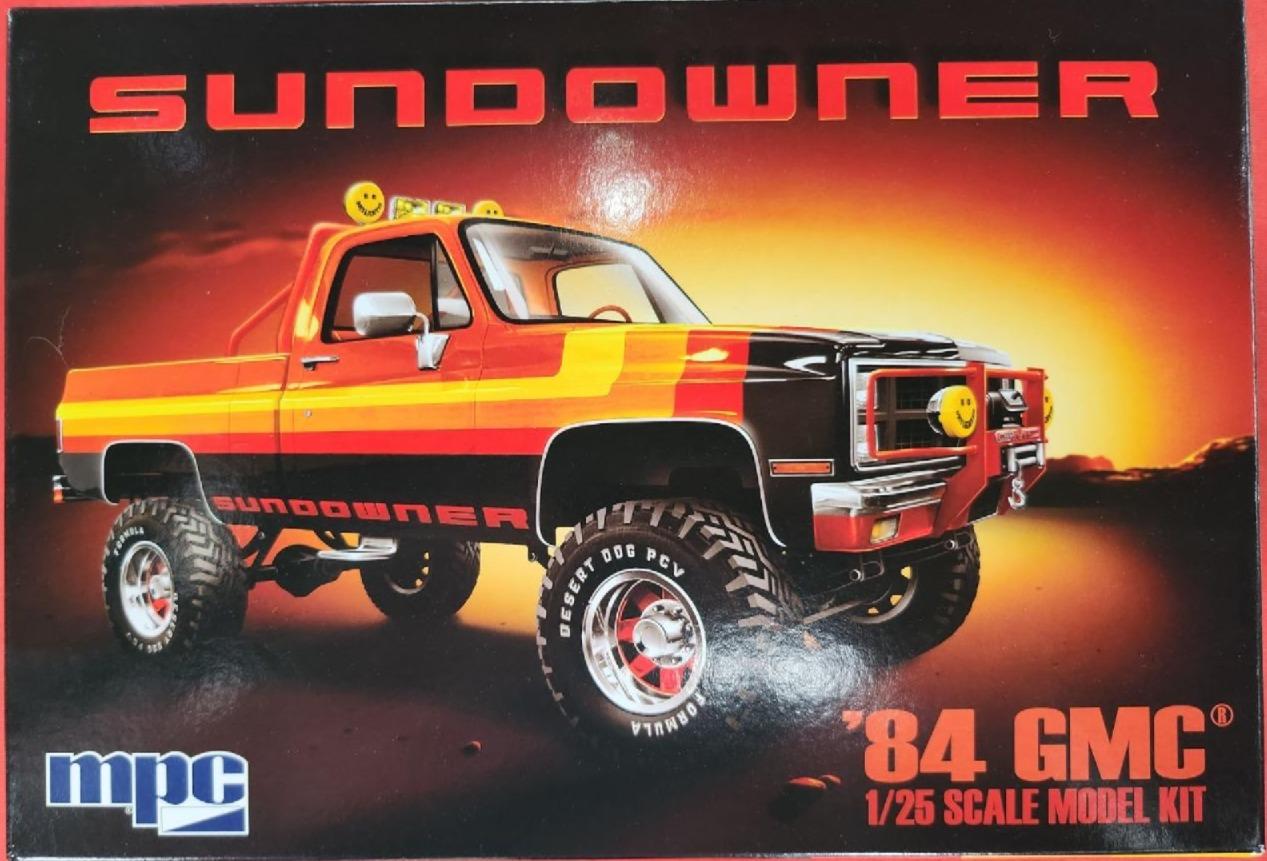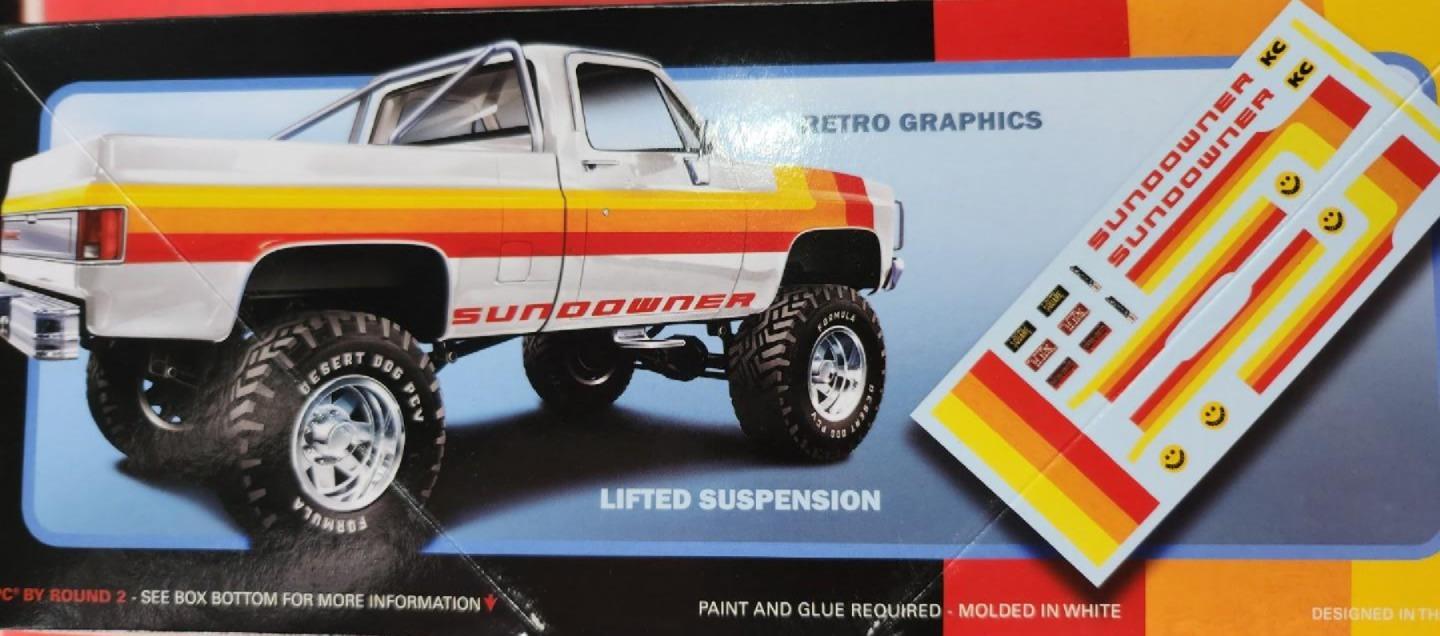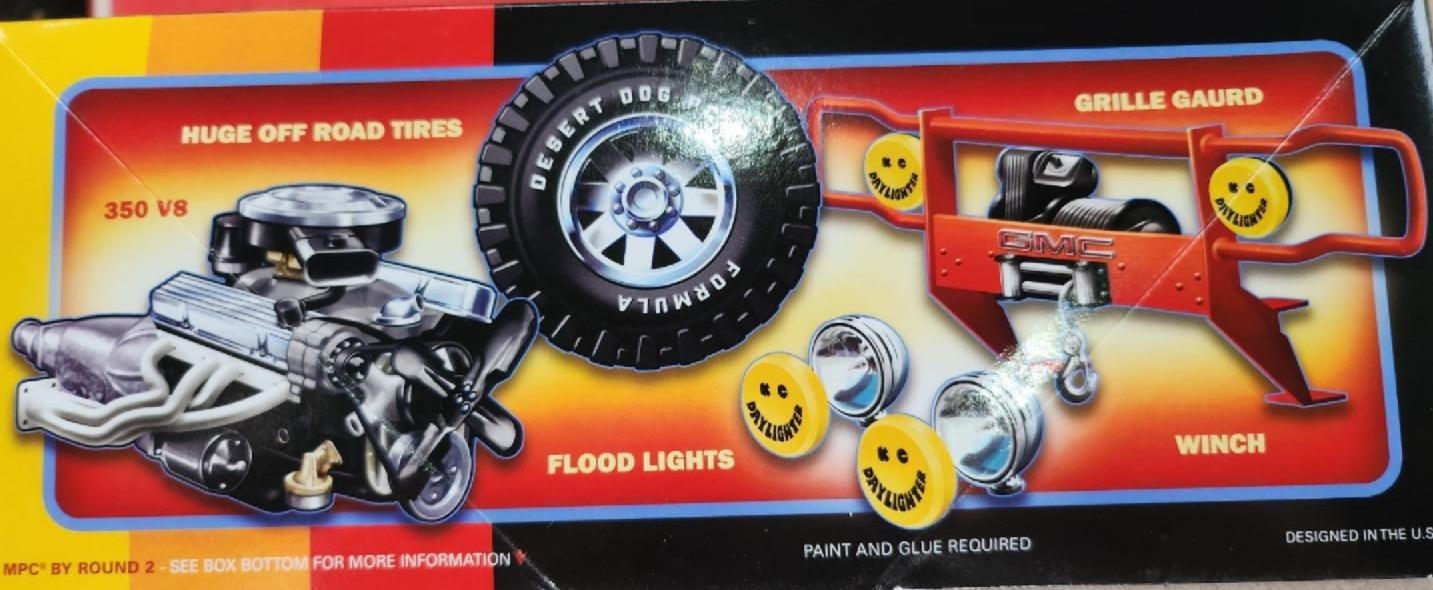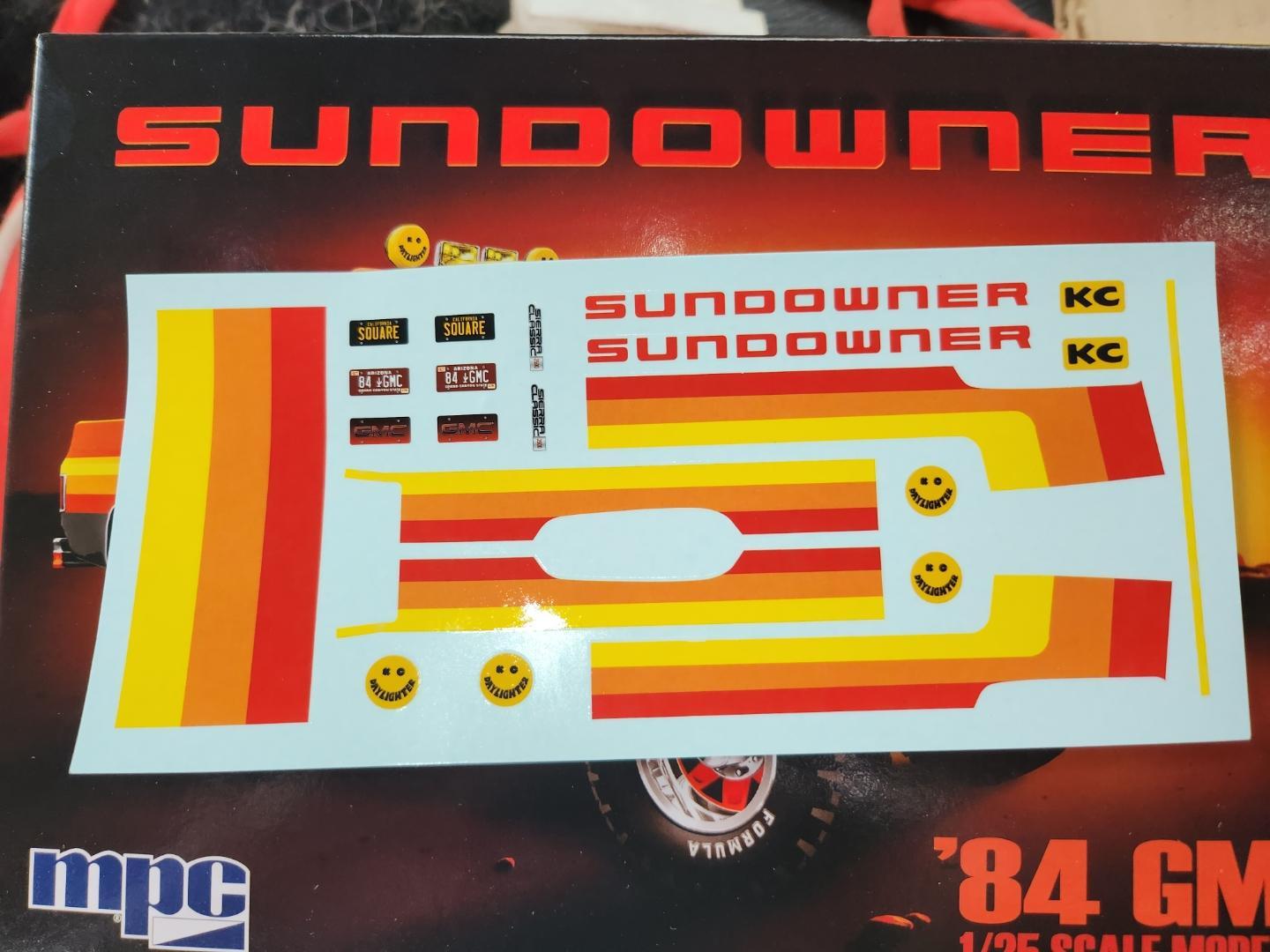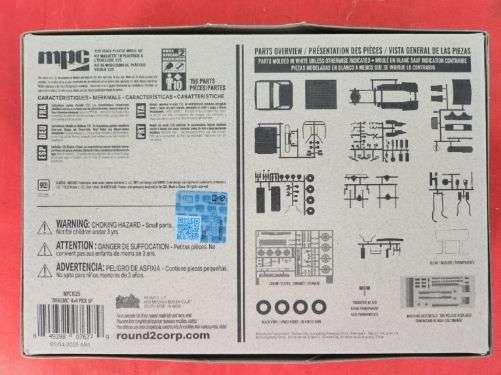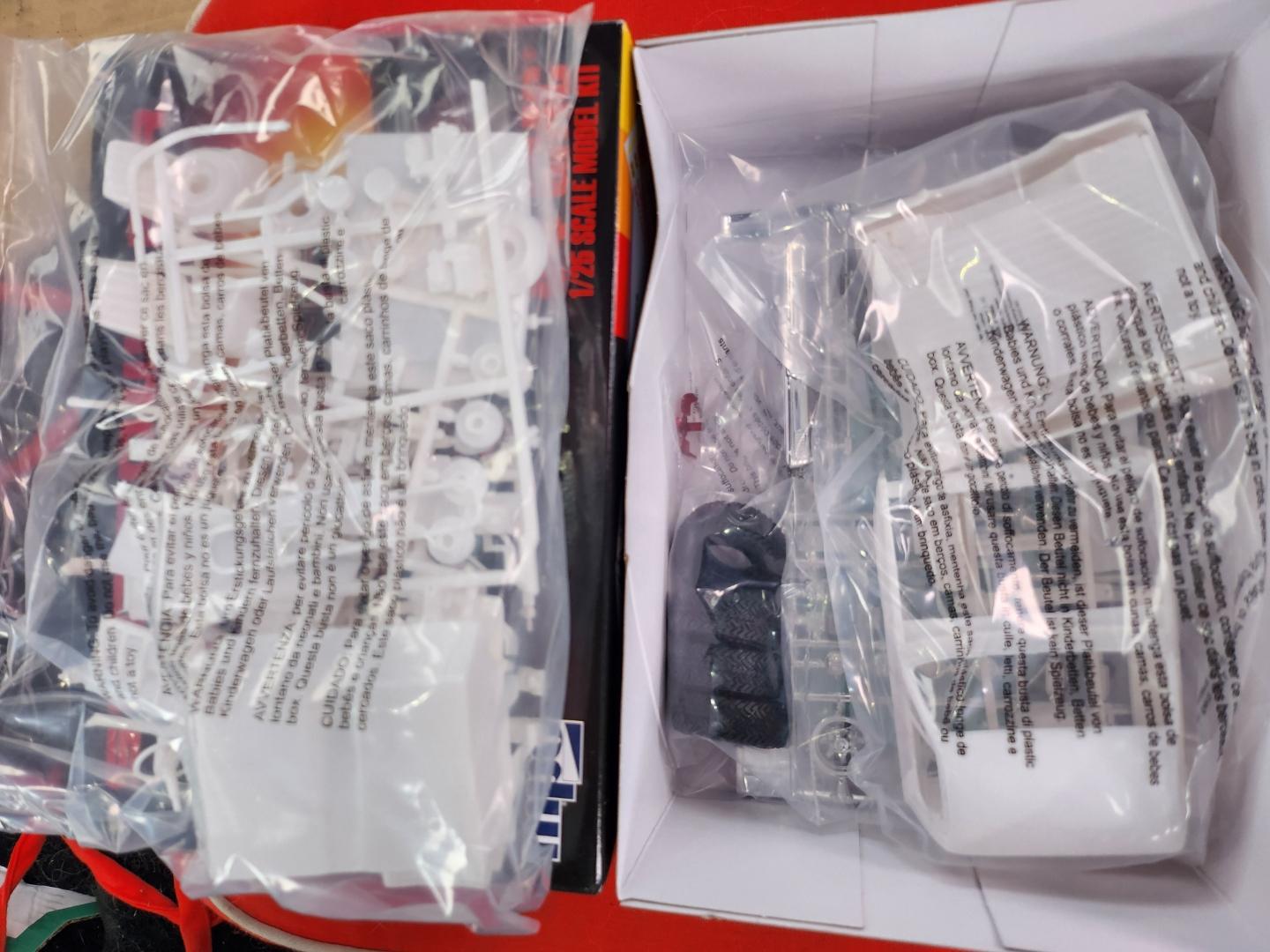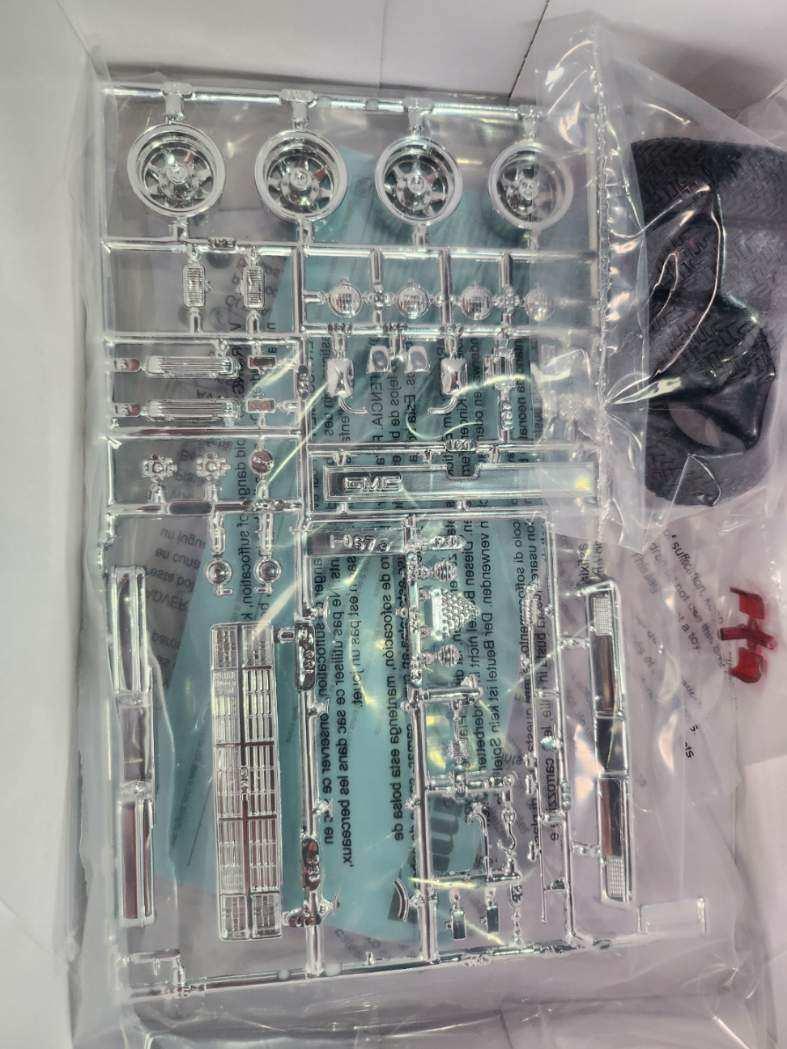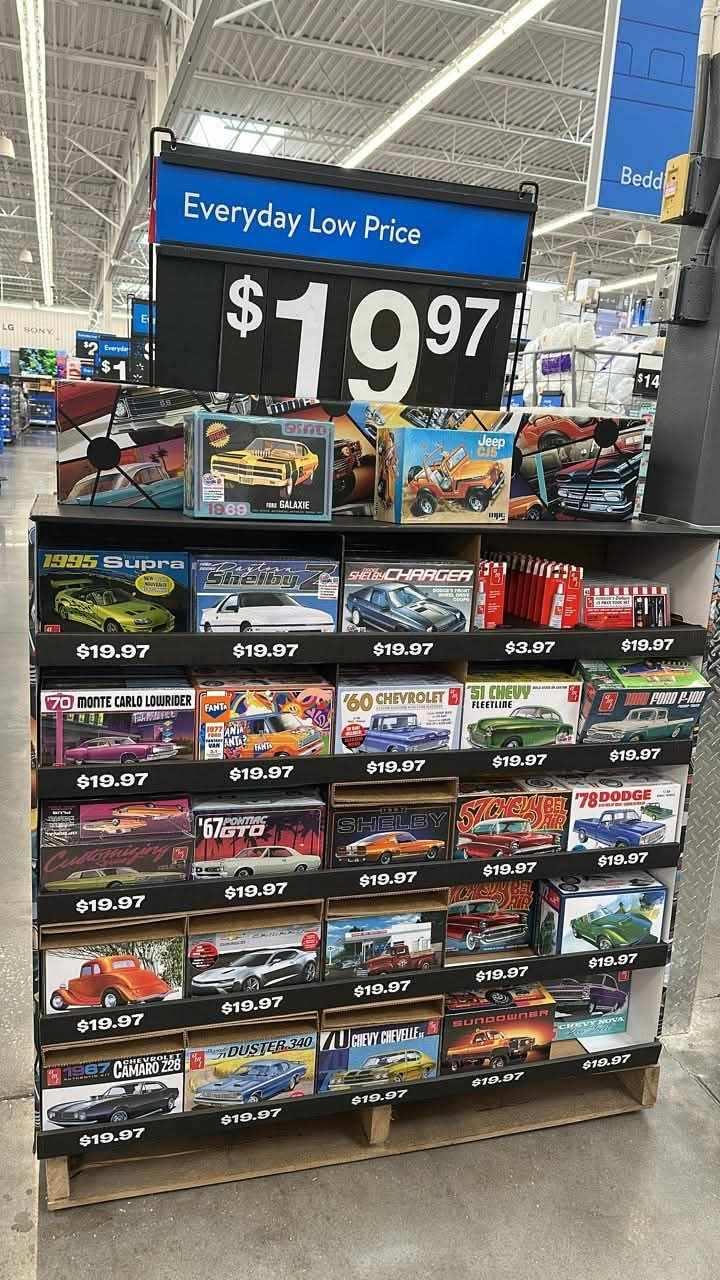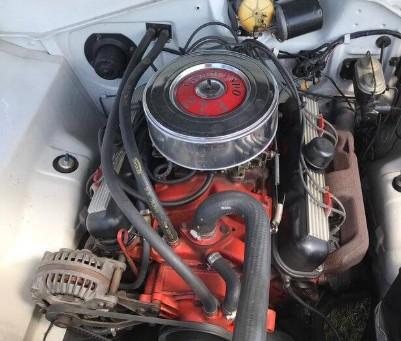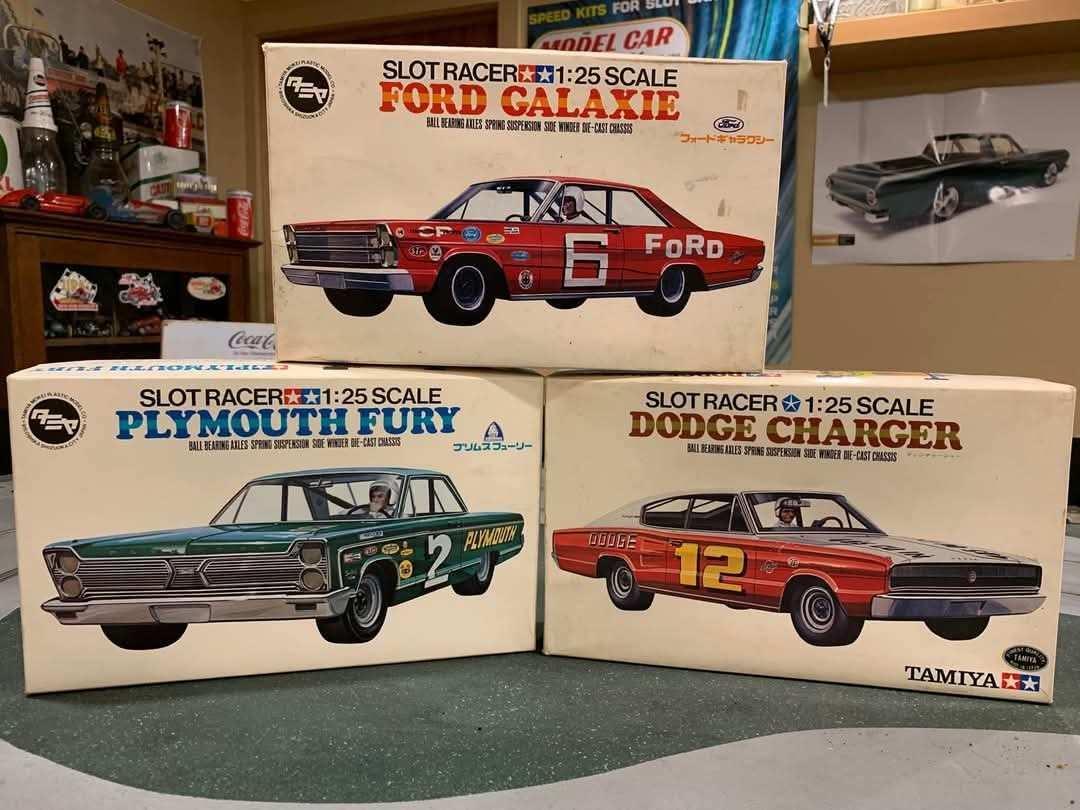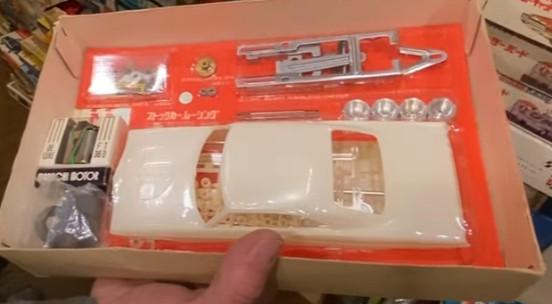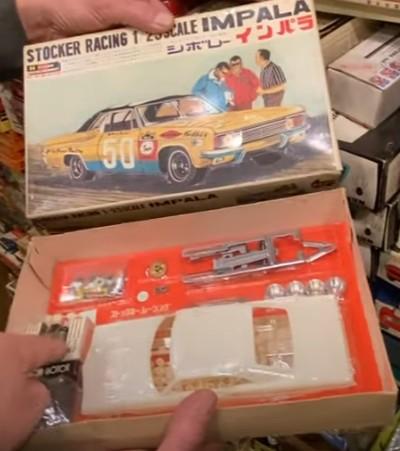-
Posts
714 -
Joined
-
Last visited
Content Type
Profiles
Forums
Events
Gallery
Everything posted by Carmak
-
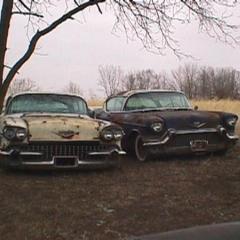
67 Plymouth Belvedere question.
Carmak replied to Brutalform's topic in Model Building Questions and Answers
Slightly off topic. I own a 67 Belvedere II 2drHT. It does not have the typical side molding you are showing. It has wheel lip moldings and rocker moldings. When I looked the car, I assumed the trim had been removed and the holes filled however looking in the trunk and inside the front fenders shows no evidence of holes being filled. I was confused as i thought the side molding was part of the Belvedere II model. This summer I was at the Des Moines Good Guys and saw another 67 without the side moldings and with the wheel lip and rocker moldings. It was an unrestored car, and it had a very interesting option, the Silver Special interior and top (pic below). The Silver Special was a Belvedere II only package. The Silver Special could be: A silver car with the special vinyl top and interior, the top and interior with any color, the top only or the interior only. The Silver Special also deleted the side molding and included wheel lip and rocker molding. When I dug into this package, I discovered it was a fairly common. Enjoy. -
The kit has three sets of wheels, stock wheel covers, some 90's style spoke wheels and a set of stock-ish looking wire wheels with spinners. The super deep chrome steel slots are gone.
-
OKAY, I went out about bought the Walmart 66 T-Bird to see what the tires looked like and to see what color it was. I get it home and un-box it and................... NO WHITEWALL/REDLINE TIRES! The box bottom shows two sets of tires but there was one set in the box, blackwalls. It is green, very very green! Below are pics of the green, a closeup of the box art showing the tires I assume are missing and a closeup of the back of the box showing two set of tires.
-
I have used that trailer before. I would recommend moving the axle rearward just a little. As the trailer is currently set up it will flop back and not sit on the hitch.
-
That looks like horrific crazing!
-

Quality kits for 6/7 year olds
Carmak replied to seanyb505's topic in Model Building Questions and Answers
Back around 2004 Polar Lights (now owned by Round2) released a series of kits that had pre-painted bodies with some of the other parts molded in colors that worked with the painted body color. These kits were more "press together" than snap. They could be pressed or glued together. They were adult grade kits and could be detailed to present very well. The image below is a pre-painted body 64 GTO I built almost 20 years ago. I painted everything else. I also built the 65 Coronet in the same time period. The only issues I had was the rear suspension sat too high on the 64 GTO (I altered it) and the hood fit tight on the 65 Coronet. The kits in this series that I remember are: 64 GTO (HT & convertible) 65 Coronet (HT & convertible) 2005 Ford GT 2004 GTO These kits came in multiple colors. Most of these kits have been re-issued as no-pre-painted. Round2 just announced the 65 Coronet will be re-issued soon. These kits typical sell for 35-45 on E-bay and less at swap meets. I hope this is what you are looking for. -
I want to see the tires.
-
This gem was at the Grimes, Iowa NNL6 this summer. I talked with the builder, but I can't remember his name. I also can't remember if this was an AMT on Monogram 36 body.
-
An interesting juxtaposition. This post that is about the affection people have for a kit that has been re-issued multiple times since its original release 60+ years ago. The post directly below this post (as of 11:00am CST 25-NOV-2025) is a discussion about excess re-issues of old tooling.
-
Nice resto. You have been posting a series of nice cars, well done! I am a big fan of 63 Buick Electras. Over the years I have accumulated over a half dozen rebuilders and they are typically missing the front corner lights. Last spring I carefully measured a corner light I did have, and I did a little research on the actual bezel and lens. I did some CAD work and 3D printed replacement parts. The pics show an actual lens with horizontal ribs (the kit piece has a mesh pattern), my CAD design and the initial printed parts compared to original piece. After I took the comparison pic I did a little careful sanding and got the fit almost perfect. Now that I have the corner lights, I am starting to restore some of my collection. Hope it comes out as nice as yours.
-
I am planning to visit the Speedway museum next year and really hope to see the surviving pieces from the Revell large scale SBC project the moved there from Utah. I few years ago I found an early issue unbuilt Big T (with the black wall tires) and I had a "holy cow" moment! Storage is a legit issue. I was lucky to find the perfect vintage display scale for my 1/8 survivors.
- 134 replies
-
- 1
-

-
- revell 07710
- trans am
-
(and 2 more)
Tagged with:
-
If you need a set in 1/24 scale, there are in some of the stock or 3in1 Revell/Monogram 78 ElCamino kits also.
-
The modern tool version should not be hard to find at a reasonable cost.
-
Short answer: If you are talking about the modern tooling 58 Edsel, I would speculate that we will see it again. If you are talking about any of the 58-60 Edsel annual kits, I would speculate it is very unlikely that we will see them again.
-
I started this topic and my goal was just to talk about the improved chassis detail over previous Craftsman clone kits. Didn't know how soon the 65 Barracuda would be publicly shown in detail.
-
Happy to see the Funny Hugger II Canaro back. Really hope it has cool decals.
-
-
The Walmart box art also shows tires with dual stripe red/white line tires.
-
I just saw this pic posted on Facebook. It's a fresh pallet of Round2 models at Walmart. Notice some of the unique box art on some of the kits. It reminds me a bit of the old checkerboard box art AMT kits from a couple decades ago.
-
-
I was watching some of the HPIguy build and the body looks like it has the V Commando emblems on the front fender. Probably not correct for the slant 6 but perfect for how many of us are going to complete our builds.
-
In the grand scheme we are lucky the Hasegawa tooling survived.
-
The 1:24/1:25 scale slot car bug hit Japan hard in the mid-60's. I suspect the subtleties of what was and was not an appropriate American stock car was not important at that time in Japan. Tamiya also got into the promo copy bodies for slot cars.
-
This is how all of the Hasegawa 65/66 kits started life - slot cars. The only two worth getting are the 66 Cadillac and the 66 Bonneville as they are the only game in town so to speak. The bodies are not perfect coppies but they are close and look "right". There is a great opportunity for a resin caster or 3D printer to make correct interiors and chassis for these two.




